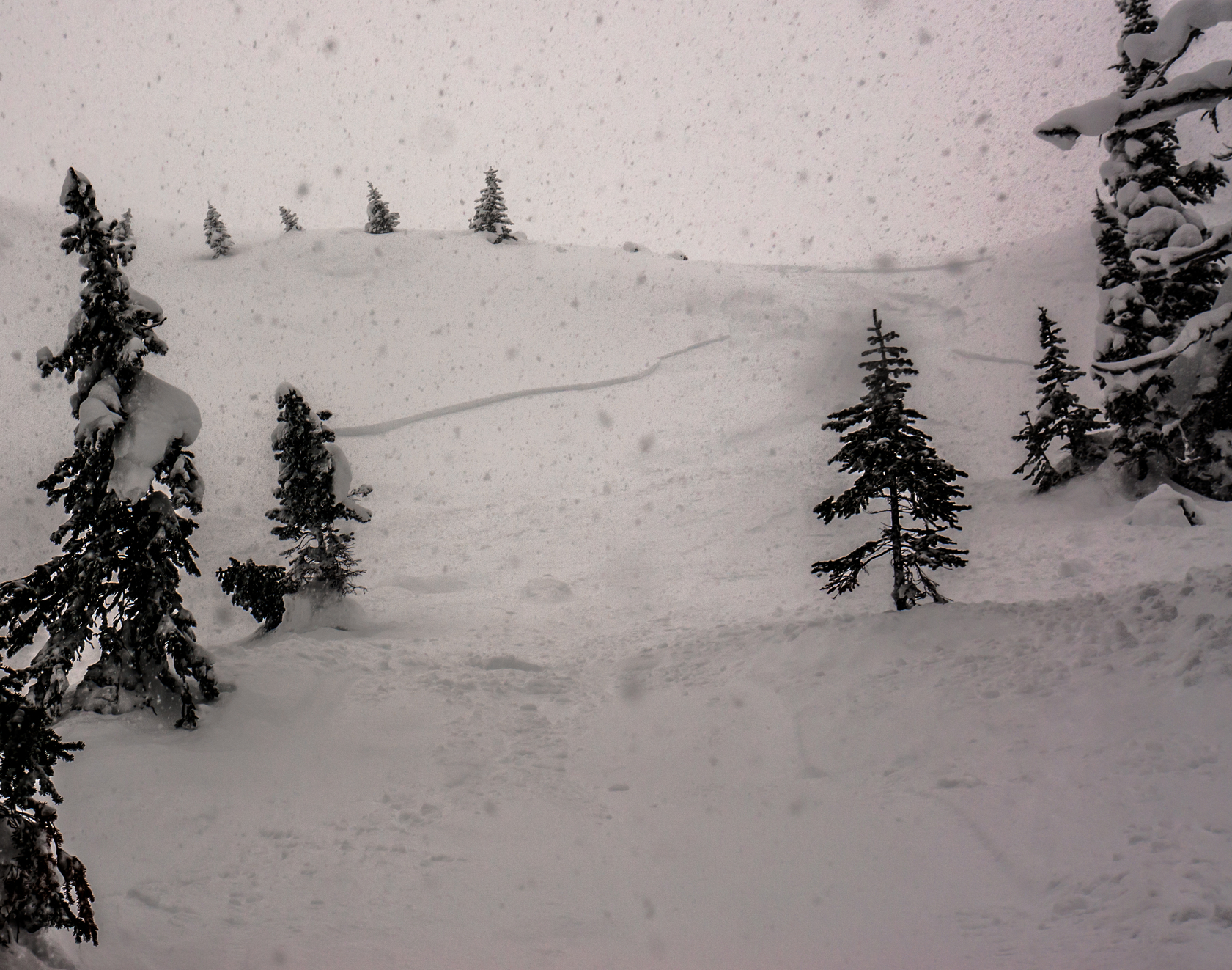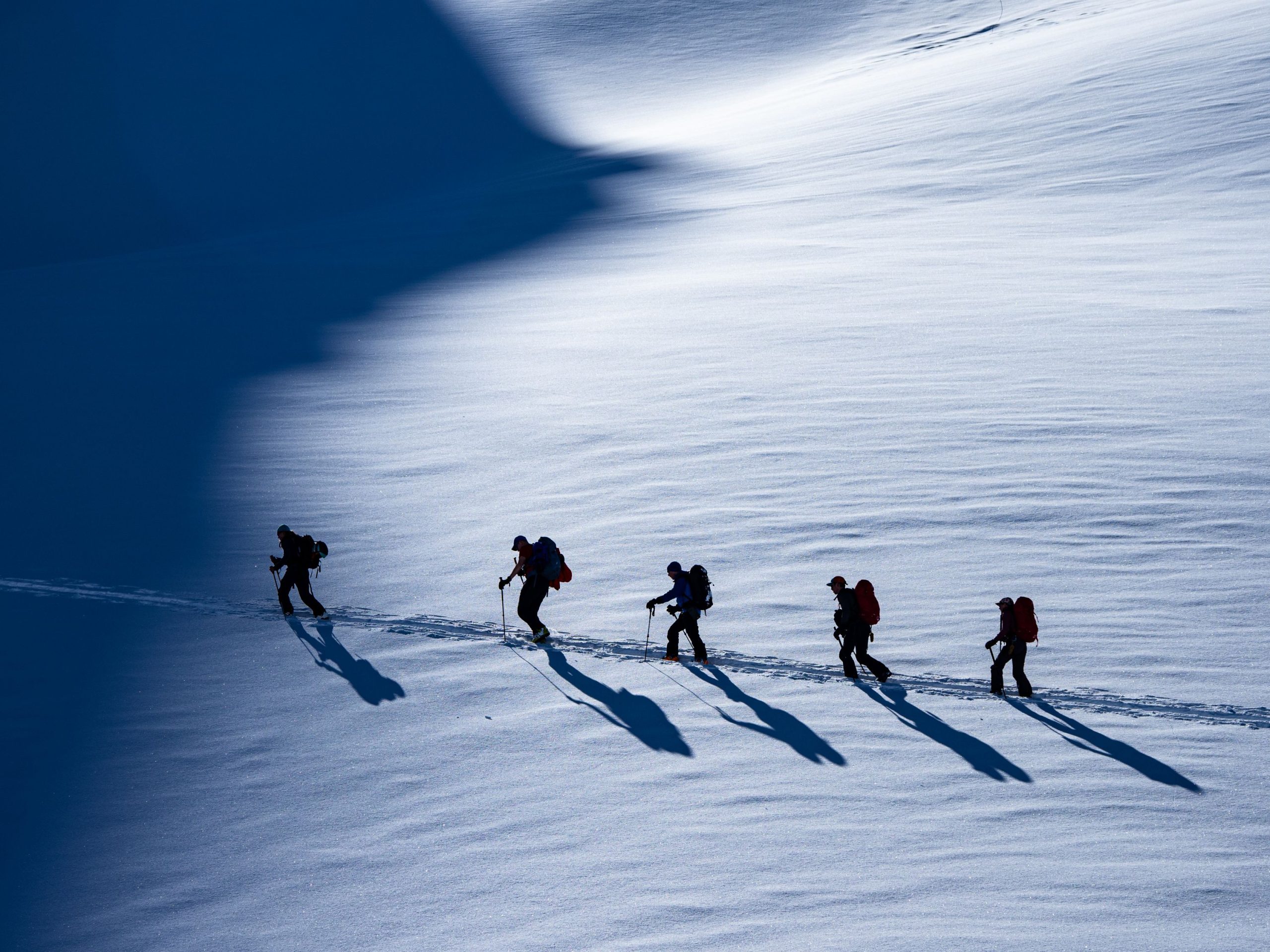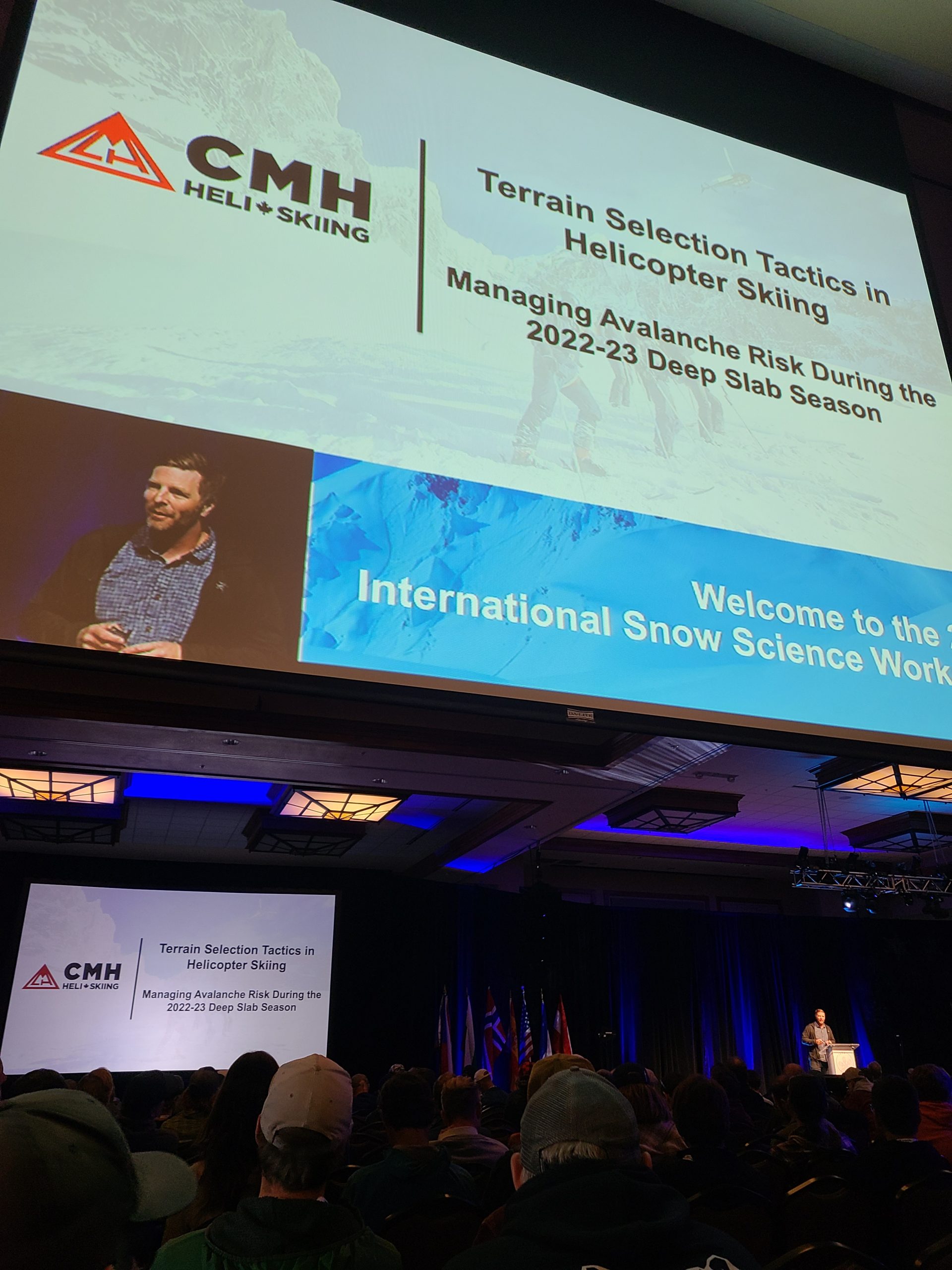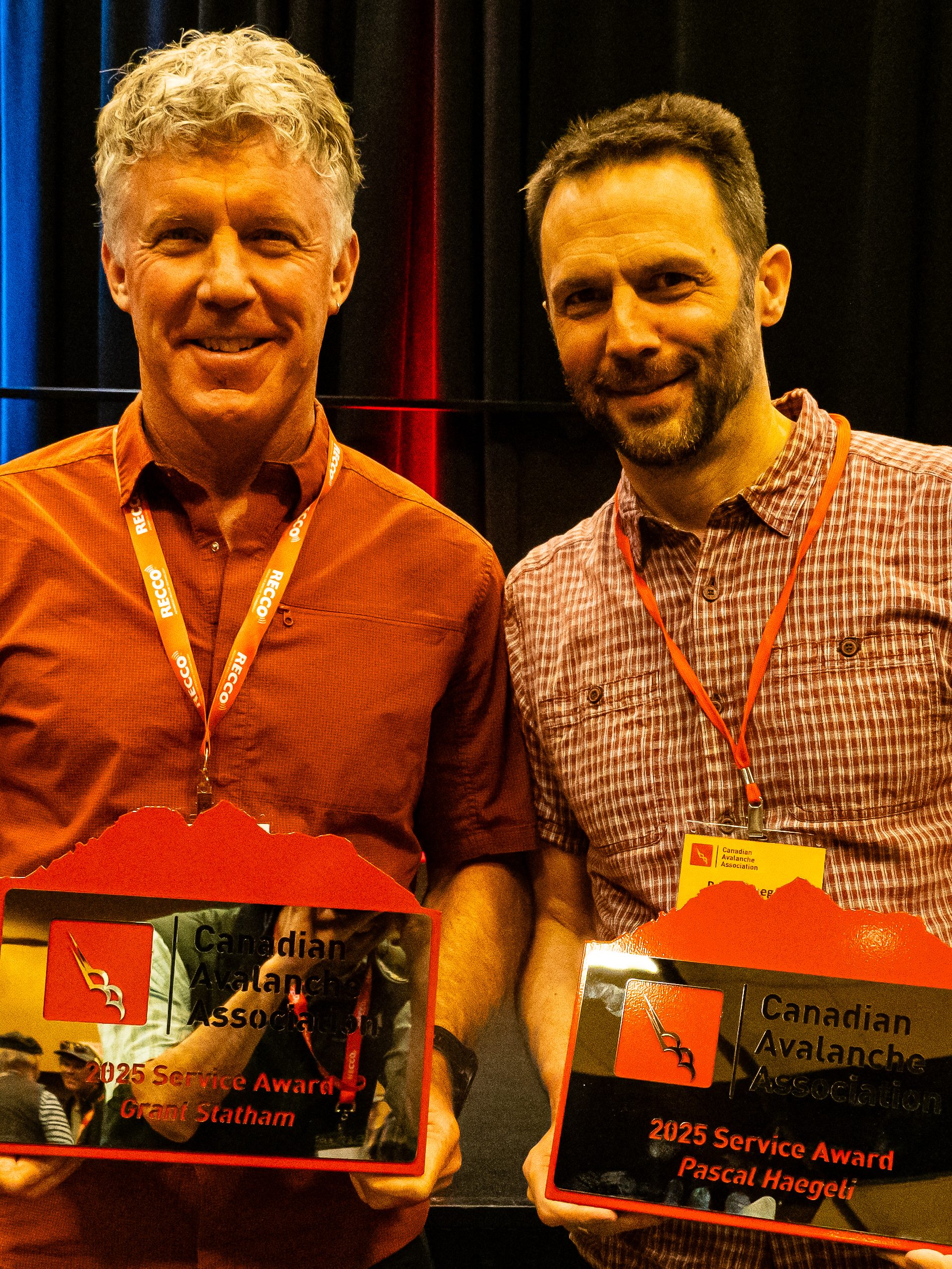By Nadine Overwater
This article was originally published in The Avalanche Journal, Volume 120, Spring 2019.
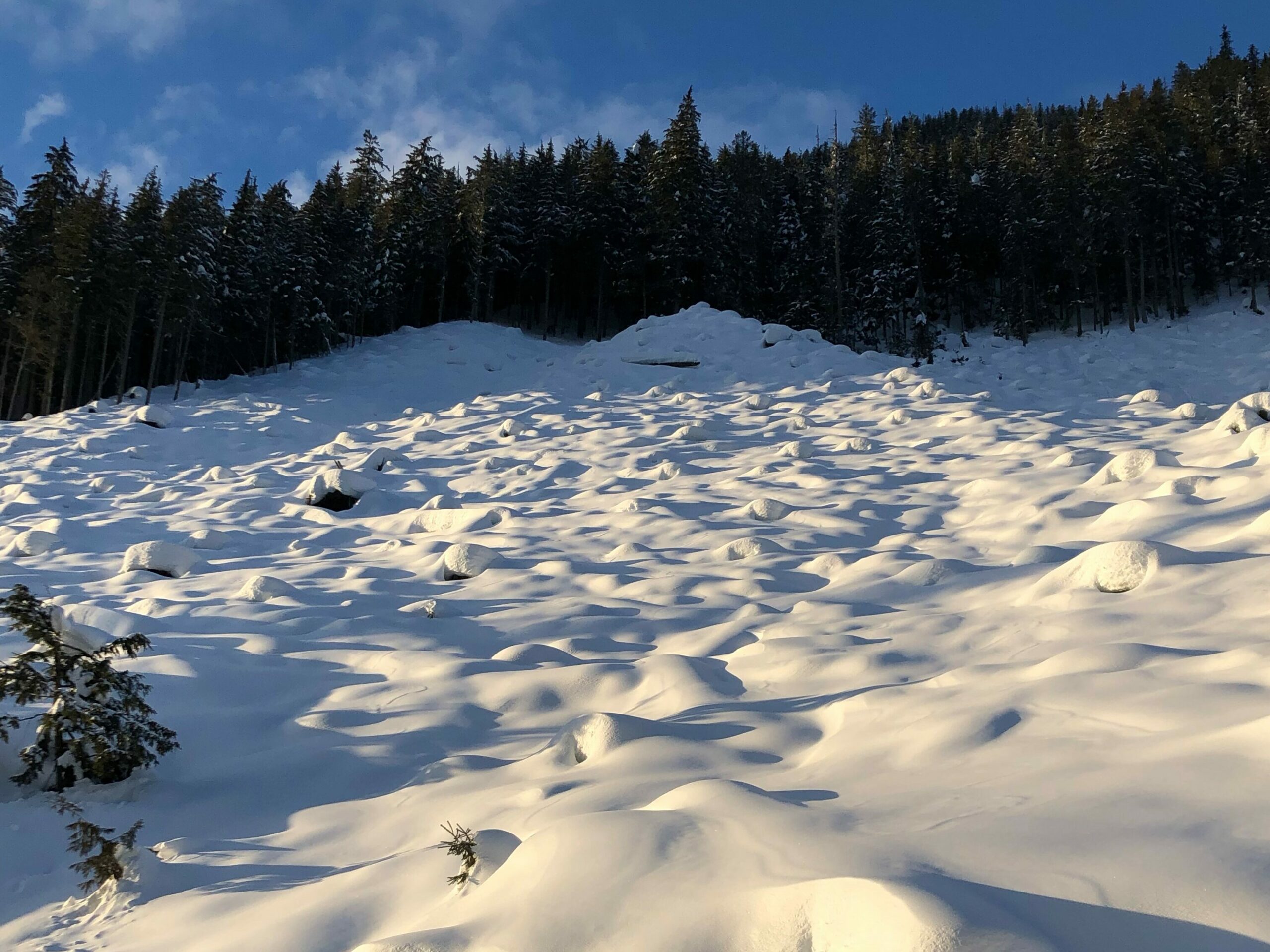
THE PATCHWORK ARTISTRY OF FORESTRY; we’re all familiar with cutblocks and recognize that they are the visible signs of resource extraction, like mine sites, hydroelectricity and its structures, and transportation corridors which move both people and raw materials. The cutblock is smaller but can have an impact on slope stability or open the possibility of avalanches in terrain that was not previously susceptible. Do foresters recognize, pay attention and care about the implications of creating these openings and corridors and the possibility of new avalanche terrain that may affect the workers, public and the environment?
By law, forest professionals are required to consider aboriginal interests, species at risk, old growth retention, wildlife corridors and connectivity, migratory birds, species and ecosystem diversity, visual quality, forest health, wildfire mitigation, terrain stability; the list of parameters to be considered in land management is long and complex. In a rugged and mountainous landscape, a winter site visit to a newly harvested block makes it evident that avalanche hazard is clearly a factor that also needs to be considered.
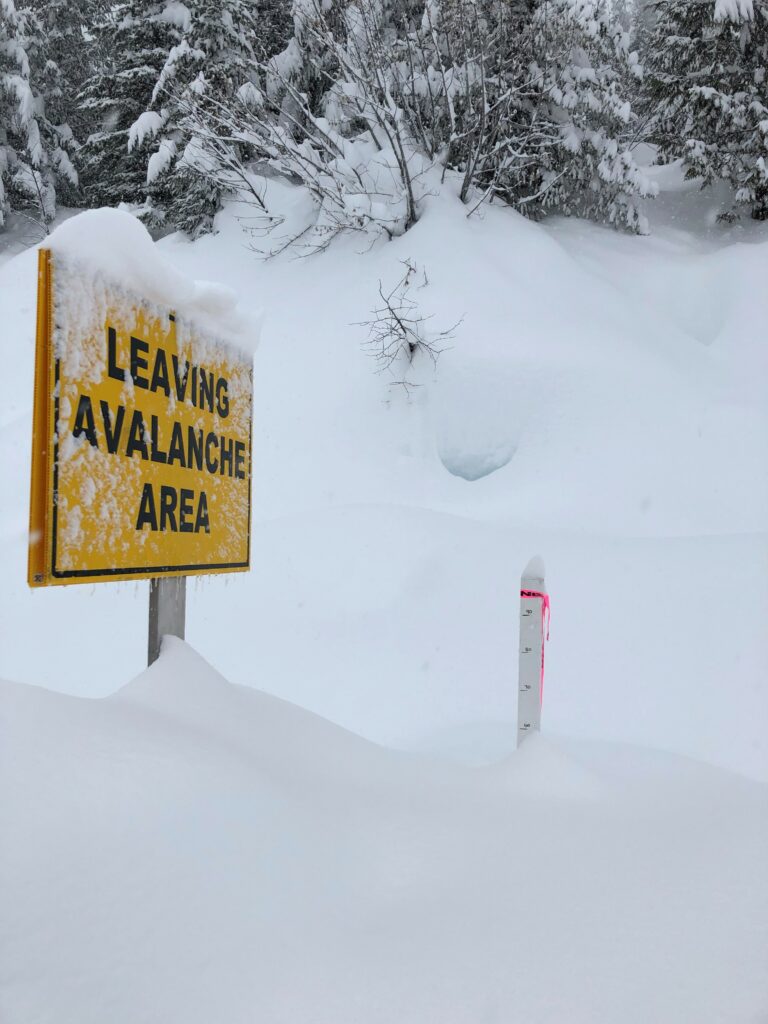
There is no legislation that specifically requires a forest professional to consider the possibility of creating avalanche terrain when designing cutblocks. The Forest Planning and Practices Regulation (FPPR 4:1(37) requires that forest professionals must design forest development considering terrain stability, which may also be interpreted to include snow stability. There is also The Land Managers Guide to Snow Avalanches in Canada (CAA, 2002) which outlines methods for recognition and planning of avalanche terrain, a helpful publication but lacking the rule of law. Obligations may be partially captured in the bylaws governing the Association of BC Forest Professionals which cites criteria to uphold the public interest, and practice professional duties with competency, integrity and due diligence. This means that the public has trust in forest professionals to be able to undertake their job with the knowledge required. Areas where crown infrastructure exists or may be placed at risk, for example above a highway, are placed in a category where a qualifi ed registered professional must complete an assessment to ensure the slope will not be problematic in the future. The Ministry of Transportation brokered this deal and is described in a technical bulletin Snow Avalanche Assessments: the basic facts (ABCFP, 2002).
I am a forest professional who is directly responsible for cutblock and road design in the heart of the Columbia mountains both north and south of Revelstoke, BC. In my opinion, a strong knowledge of avalanche terrain is required to work in many parts of our province (BC). Opening up steep hillsides above roads not only poses a threat to public and employees travelling below, but it makes it difficult for the newly planted trees to establish when they are prone to slide activity and snow creep continuously acting on the seedlings. There is the consideration of downslope resources as well, which very often include fish habitat and/or standing timber. It does not benefit the licensee or the public to create cutblocks that are prone to sliding.
Despite the legislative gap that does not require their consideration, it is my hope that most forest professionals doing work in avalanche territory reflect on the creation of new avalanche hazard when designing roads and cutblocks. There are mitigative strategies as well, that can be implemented when steep slopes cannot be avoided. One of these strategies is leaving behind high stumps – well beyond the threshold snowpack levels. This method has been successful in anchoring the snowpack until a new plantation is established and avalanche hazard is removed. The only downfall of this method is the wasted timber, left behind as two metre stumps. Cutblocks that are designed to be longer across the slope but have shorter length upslope, minimize the mass and velocity of any potential avalanche. Avoiding existing avalanche paths and the trim vegetation (or forest) along edges and above or below existing paths, helps prevent the creation of larger avalanche paths.
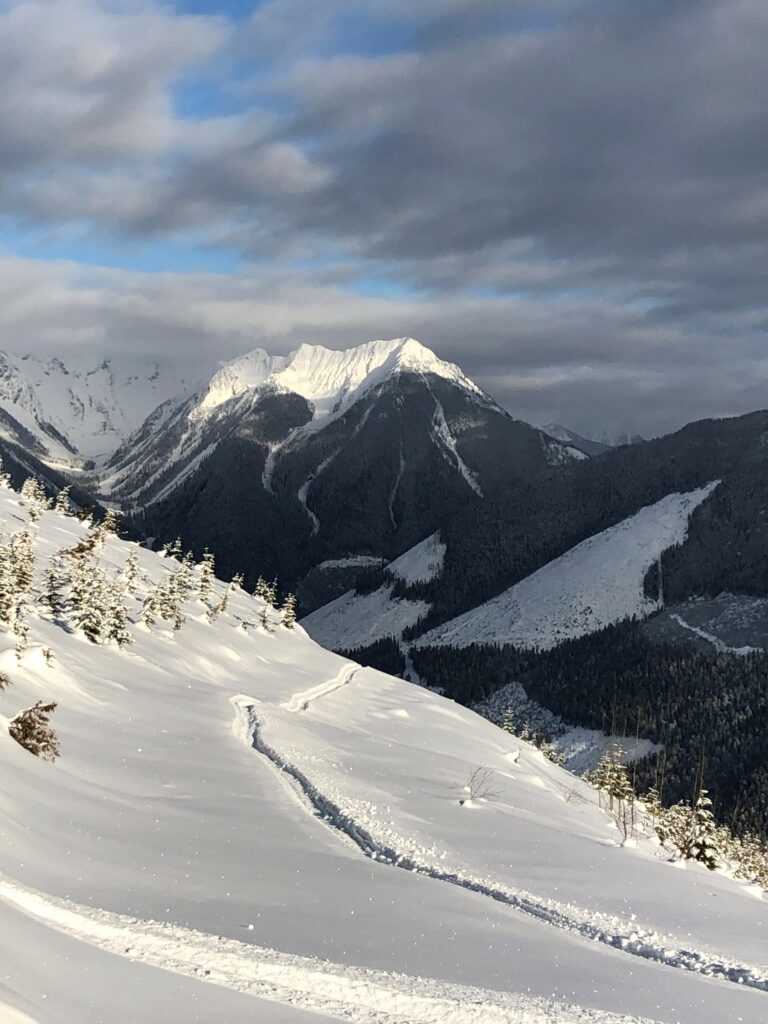
The Columbia Valley typically experiences a deep snowpack and regular avalanche activity. For those of us who work here, we travel through the landscape as professionals and as recreationists, so our awareness of avalanches becomes a subconscious element in our design decisions. Do all forest planners consider the creation of new avalanche terrain? What about foresters in the Okanagan, where the snowpack reaches one metre on a good year? How are areas with drier climates and lower annual snowpack being considered at the planning phase? What about the compounding effects of wildfires opening up the forest landscape? Suppose they are hit with an extreme winter and higher than normal snowpacks. What then? It is highly probable that avalanche activity could occur in areas that have not previously seen this type of disturbance. Hopefully, a design flaw like this can be caught at the geotechnical analysis stage; many terrain instabilities are related to slope and if it is recognized that the ground can move, then it becomes obvious that what sits on the ground can also move (disregarding ground roughness).
A major concern and problem that is faced by many forest planners today is the fact that the resources are getting further into the valleys and further up the slope. The generations before us have taken the “cream of the crop” and accessible timber. We are now faced with developing land that consists almost entirely of steep slopes and cable harvesting. I am not certain that all forest professionals have the knowledge of avalanche behaviour to be able to develop this type of terrain moving forward. I think that there is room for professional development to ensure that we are designing sustainable and safe forest openings. An idea that can be jointly approached by professional foresters, geotechnical engineers and avalanche technicians.
Steep slopes are an obvious concentration point, but what about those lower angle slopes? A final thought, and something that I feel may not be approached by all forest professionals, is the unfortunate creation of surface hoar farms, those lively sections of terrain created by the development of low and mid elevation cutblocks in sheltered valleys. Frequently we see cutblocks on low angle slopes with signs of natural slab avalanches in them, mostly size one, that terminate close to where they initiated. It is difficult to avoid making these cuts, but it is a problem, nonetheless.
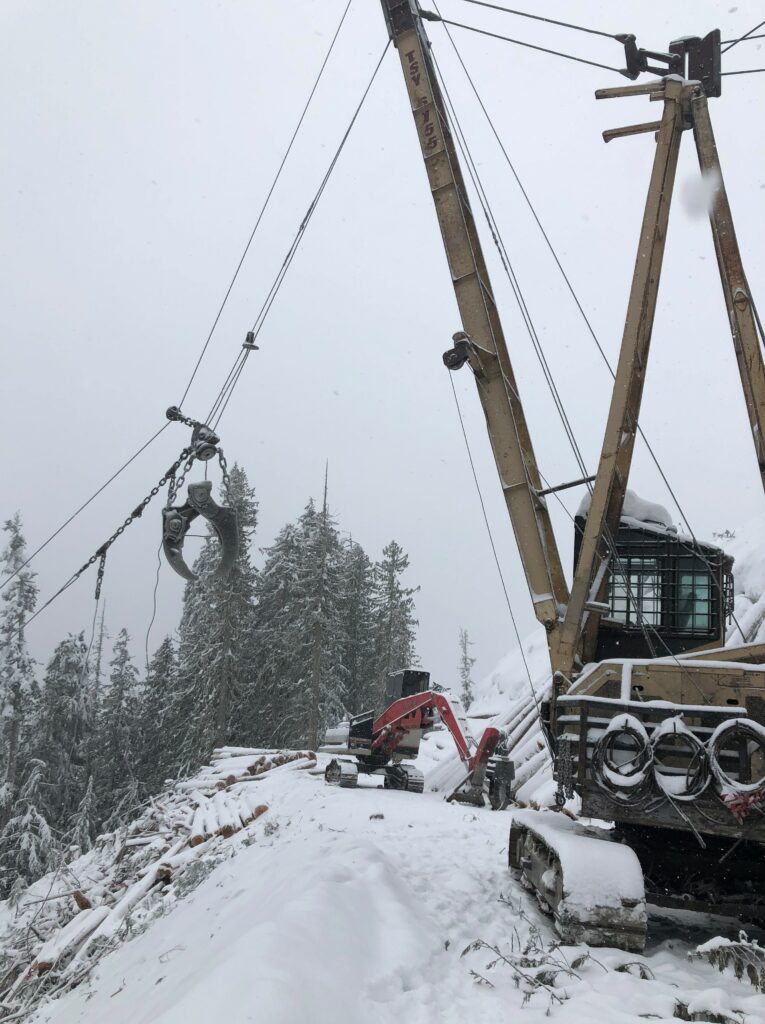
I’m uncertain if there are design measures that can be utilized to mitigate surface hoar farms, and because they are low consequence events, they do not necessarily appear on the radar of the forest professional hanging ribbons and traversing boundaries through waist deep brush in the summer months. It could also be a topic worth pursuing moving forward in the world of professional development.
This is a personal take on the intersections of forestry and the avalanche industry. I cannot speak for anyone other than myself. However, I do believe that we have been successful in managing cutblock design when it comes to the creation of new avalanche paths. When I am driving, touring, hiking or flying through our valley I don’t find myself looking at failed designs and appalling scenes of recurring avalanches where they have never been before. Yes, there is the odd one and yes, I believe that there is room for education and advancement, especially in the face of climate change.
I do know that as forest professionals, we are bound to forest management objectives that best serve the public and the environment and that snow and slope stability are considered directly or indirectly in the planning process.
REFERENCES
Canadian Avalanche Association. 2002. Land Managers Guide to Snow Avalanche Hazards in Canada. Jamieson, J.B., C.J. Stethem, P.A. Schaerer and D.M. McClung (eds.). Canadian Avalanche Association, Revelstoke, BC, Canada
ABCFP & APEGBC Joint Practices Board, May/June 2002. Technical Bulletin Snow Avalanche Assessments: the basic facts. Forum. https://member.abcfp.ca/WEB/Files/publications/FORUM-2002-3_avalanche.pdf

